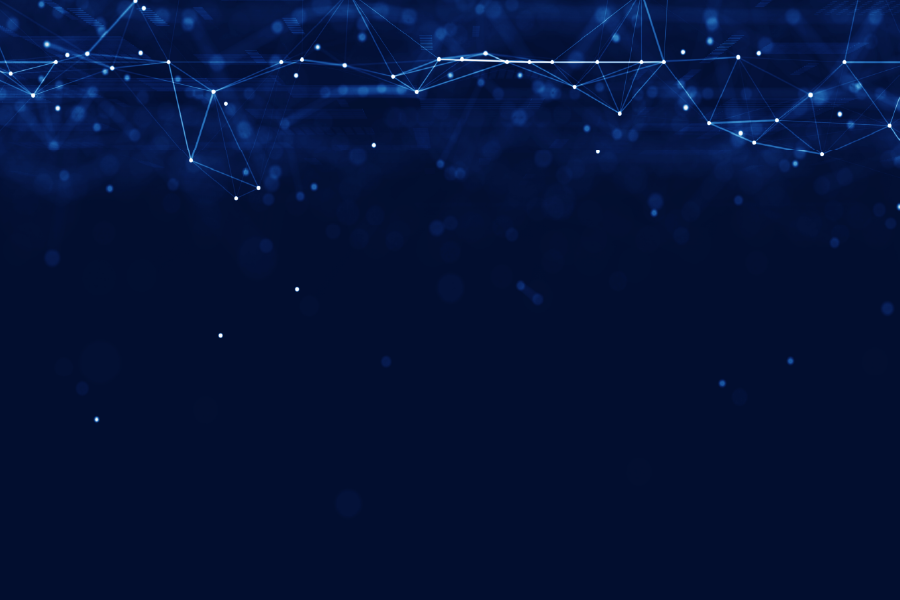The Covid-19 pandemic we’ve all endured over the last few years has upended almost all aspects of our social lives and has perhaps permanently altered how we gather with friends and family, educate our children, and celebrate life’s milestones. By serving as the most significant disruption to our lives in several generations, the pandemic has forced a sort of “new normal,” as it’s been called, that dictates how we interact with others.
The pandemic has also had a startling effect on technology and tech-driven spaces. As the pandemic dragged on over years, the disruption that was caused had a different effect on tech. Innovation and technological advancements have lowered the barriers to digital disruption, actually creating faster and more efficient transformations in the tech arena. Where other industries struggled mightily during the pandemic, technological advancements flourished at an even faster rate than before. Entrepreneur and futurologist Peter Diamandis predicts more progress in the next decade than in the past 100 years. That’s an astounding prediction to consider.
These changes will no doubt have a significant effect on our workplaces and how we work even in the more immediate future. Companies poised to keep up and further advance these changes will position themselves to be leaders within their industries. Those left behind will simply be languishing.
RELATED: Thriving Through the Next Revolution: Industry 4.0
A new kind of employee monitoring
It’s well documented how the pandemic pushed workers out of their offices and into work from home, or remote working, situations. Many employees welcomed the change and anecdotally noted how much more productive they could be operating from home instead of the office. Many companies used the opportunity to save on costly real estate and building maintenance but still were concerned about their employees’ productivity.
Recognizing the need for this type of monitoring, companies like Aware have come up with a solution. Aware’s AI and natural language processing (NLP) models allow employers to perform deep behavioral trend analysis of their employees on an incredibly invasive scale. By monitoring communications over platforms like email and Slack, companies might feel like they can gain some control back over remote employees while gathering massive amounts of data on their employees’ feelings and thoughts.
This type of monitoring isn’t without controversy, however. It can be hard to blame employees who work under this level of surveillance for feeling as though they’re being spied on. And what might be constructive criticisms of managers or processes is much less likely to be discussed when it’s so closely monitored.
Changing workforces augmented with AI
Experts purport that we’re only seeing the very tip of the glacial iceberg that is AI at this point. Within the next decade, employees working in many existing fields will find AI being used to automate and handle the rote and repetitive parts of their job. This will, in theory, allow for humans to focus on the parts of their jobs that still require a needed human element, such as creativity, high-level decision making, planning, or reaching new heights with emotional intelligence to help keep the workforce engaged.
According to the World Economic Forum’s The Future of Jobs Report 2020, artificial intelligence is likely to be most broadly adapted among the Digital Information and Communications, Financial Services, Healthcare, and Transportation industries. These massive industries touch on so many different aspects of people’s lives and the workplace is just as likely to be impacted as heavily by the adoption of AI within a few short years.
The Internet of Things (IoT)
We’ve come to accept the IoT as just another part of our tech-heavy lives. Your doorbell security camera, your thermostat, your TV, and your smartwatch make up a small portion of a seemingly endless list of devices that gather and transmit data about everything from our health to our television show preferences. Instead of humans creating and submitting data, the IoT can be thought of as data created by “things” or devices.
This connectivity will start to move beyond singular items in our homes and cars and will start to connect to our workspaces as well. Factories and offices will soon be considered “smart” spaces with the ability to monitor what’s going on and, potentially, act as necessary. Again, this isn’t without some controversy amid concerns about hacking and protecting what little privacy we seem to have left.
Conclusion
These three predicted trends discussed above obviously won’t apply to every worker in various industries. Essential employees in sectors like education, healthcare, security, or transport aren’t very likely to have remote work options but will still feel the impact of some of these technological advances in the near future. For knowledge workers, on the other hand, some or all of these changes are likely to impact their daily grind, perhaps making it easier and more efficient for them to do their jobs, or perhaps making it more challenging or concerning for them to earn a living. To read more on additional tech trends likely to impact workplaces soon, check out this article from the Harvard Business Review on what we’re likely to expect.
Are you looking for a job in Information Technology?
See all of our current openings here!
About the Company:
Peterson Technology Partners (PTP) has partnered with some of the biggest Fortune brands to offer excellence of service and best-in-class team building for the last 25 years.
PTP’s diverse and global team of recruiting, consulting, and project development experts specialize in a variety of IT competencies which include:
- Cybersecurity
- DevOps
- Cloud Computing
- Data Science
- AI/ML
- Salesforce Optimization
- VR/AR
Peterson Technology Partners is an equal opportunities employer. As an industry leader in IT consulting and recruitment, specializing in diversity hiring, we aim to help our clients build equitable workplaces.




